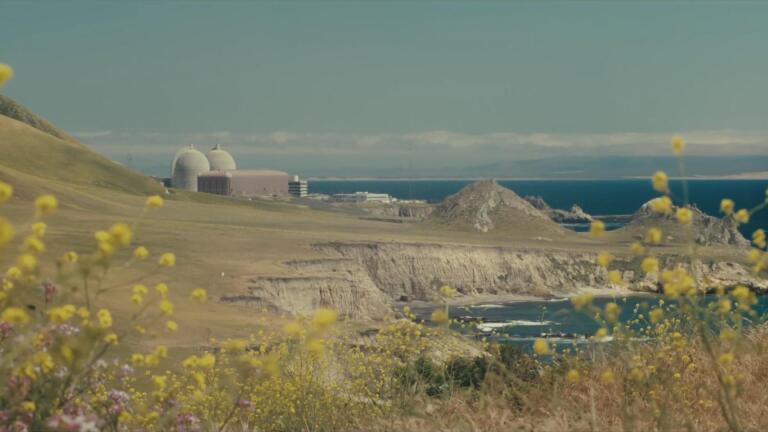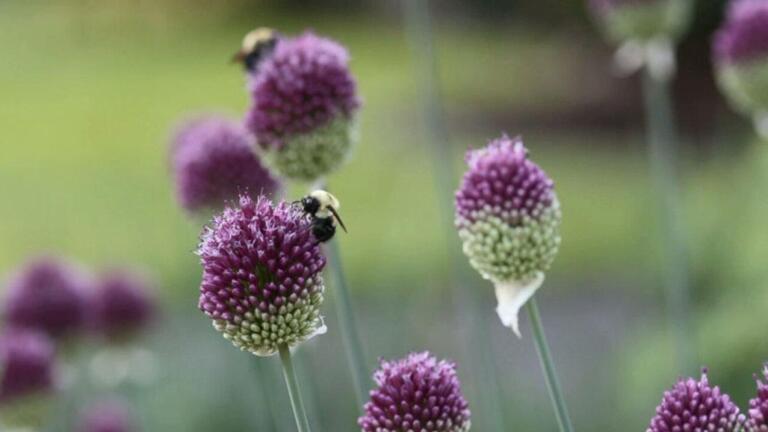Neonicotinoids: The New DDT?
Neonicotinoids are the most widely used insecticides in the world. But they've been linked to the decline of honeybees, which pollinate many food crops. And scientists now say neonicotinoids also harm many terrestrial, aquatic, and marine invertebrates. These pervasive insecticides damage sea urchin DNA, suppress the immune systems of crabs, and affect the tunneling and reproductive behavior of earthworms. They kill off insects that many birds, amphibians, and reptiles rely on for food. "We are witnessing a threat to the productivity of our natural and farmed environment equivalent to that posed by organophosphates or DDT," says Dr. Jean Marc Bonmatin, the lead author of an October 2014 report by the international Task Force on Systemic Pesticides. DDT was banned in 1972 due to both environmental and human health concerns.
Read more on the Earth Focus blog: "Poison Is Big Business" by Miles Benson

























